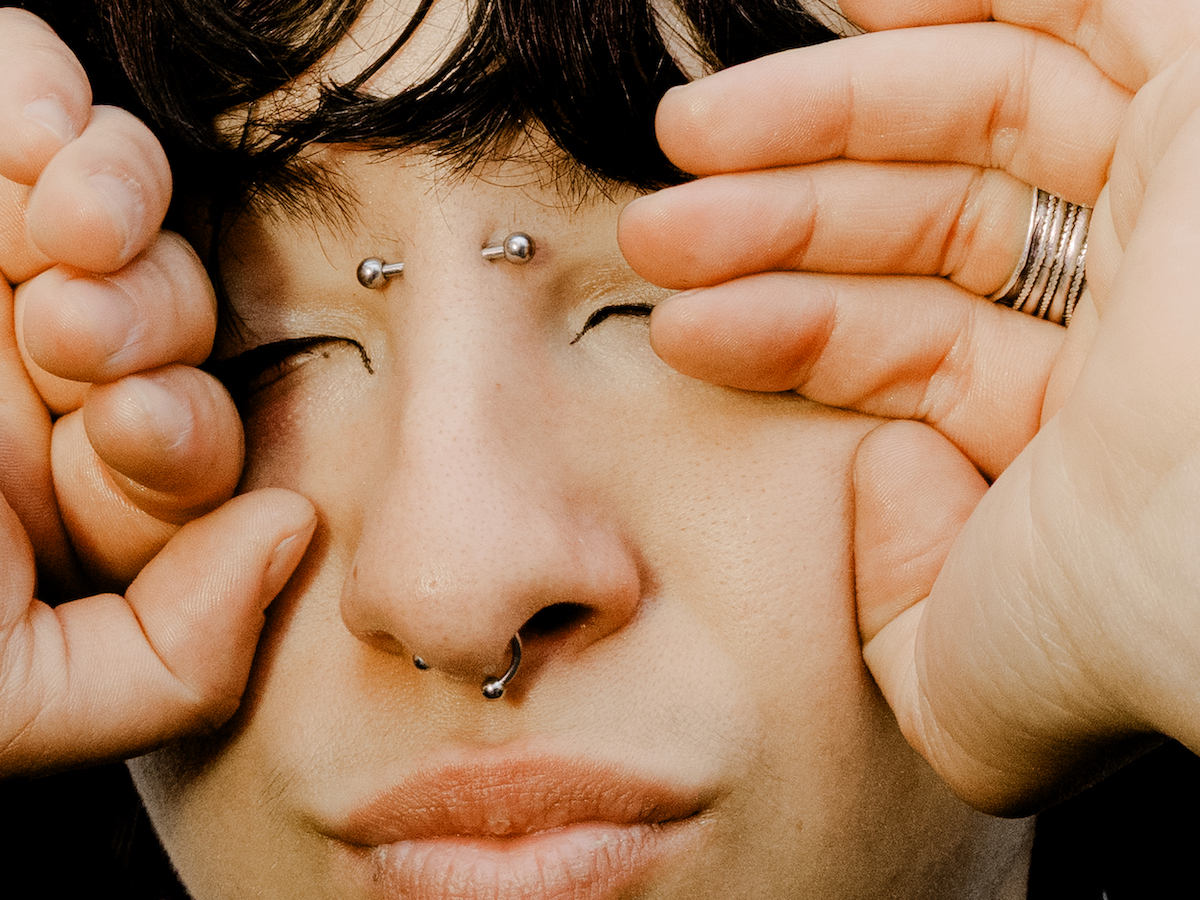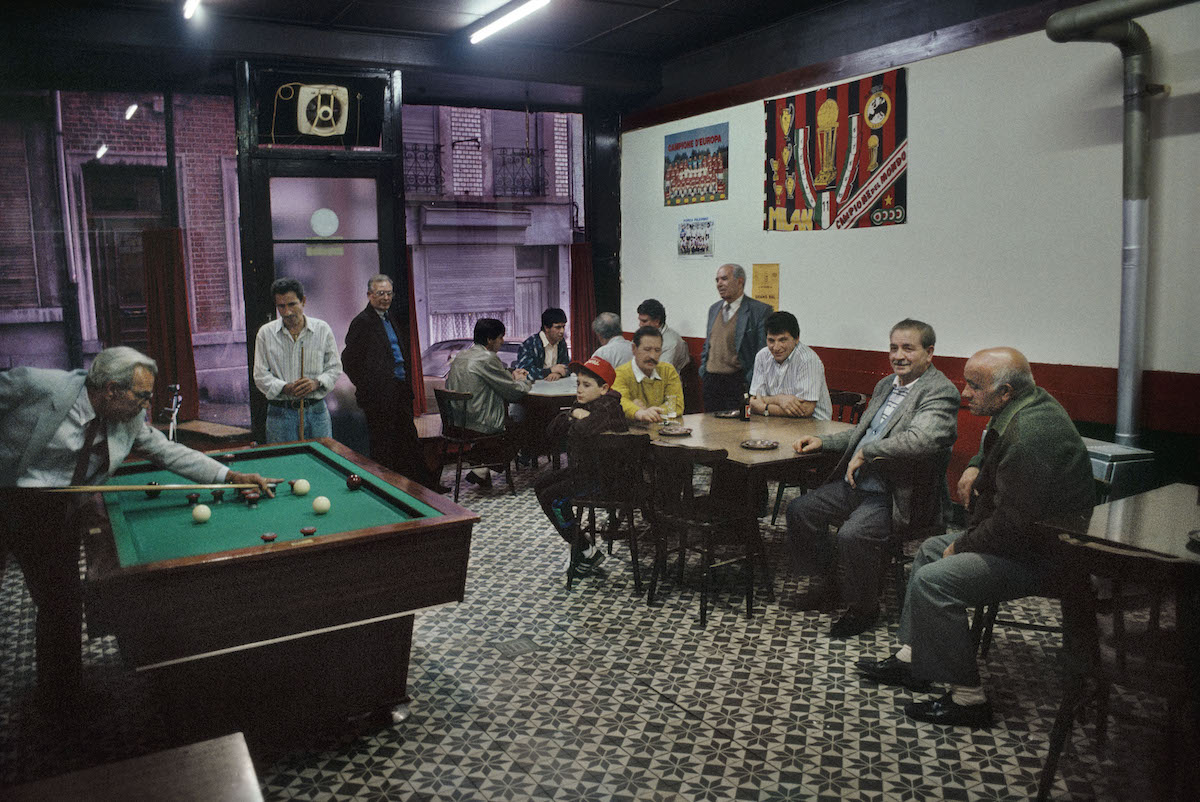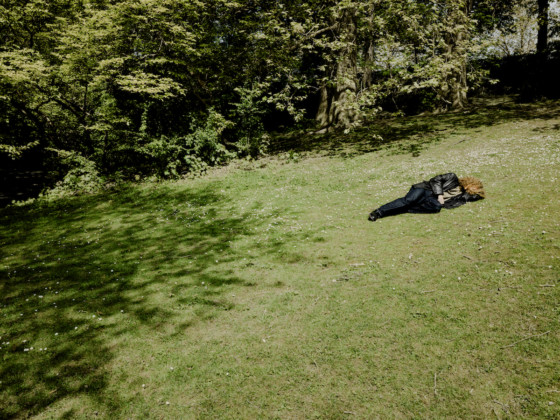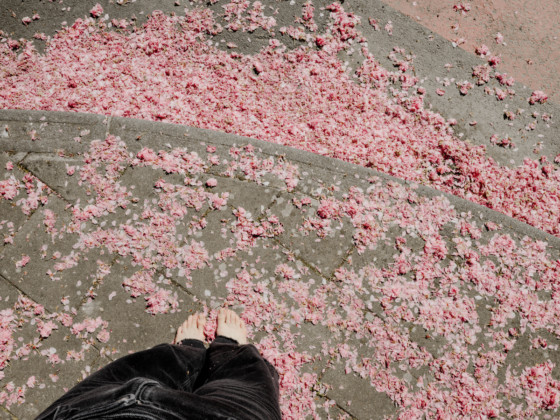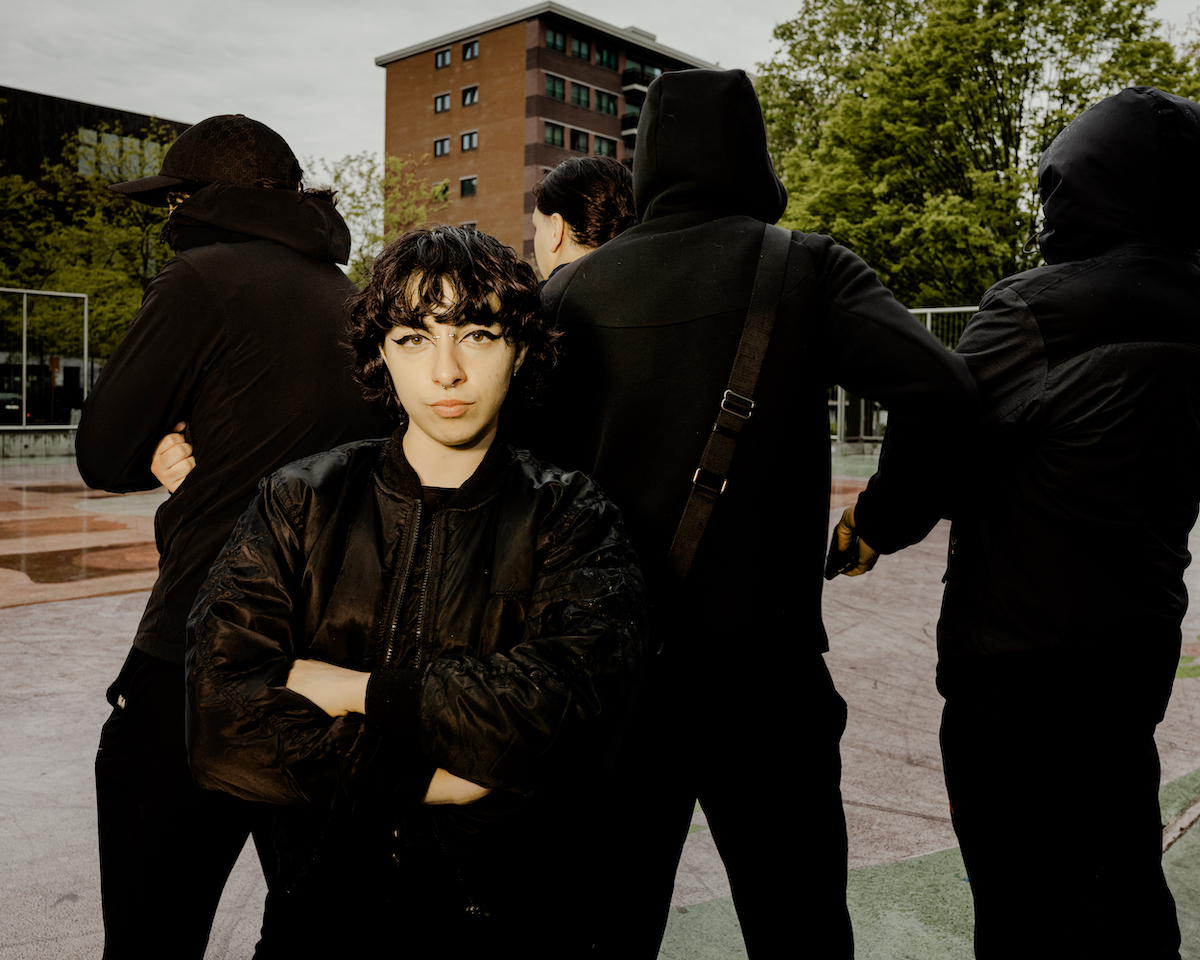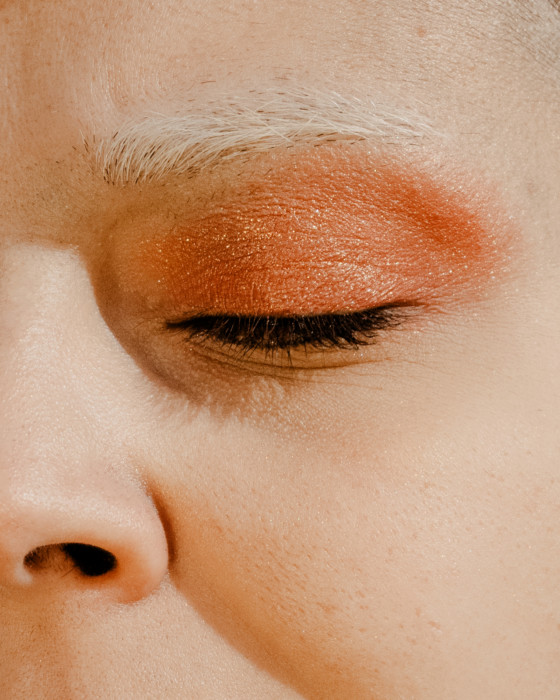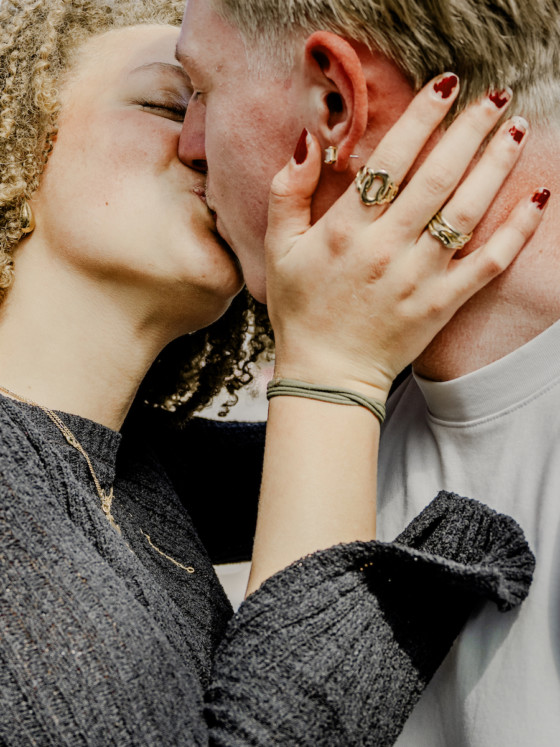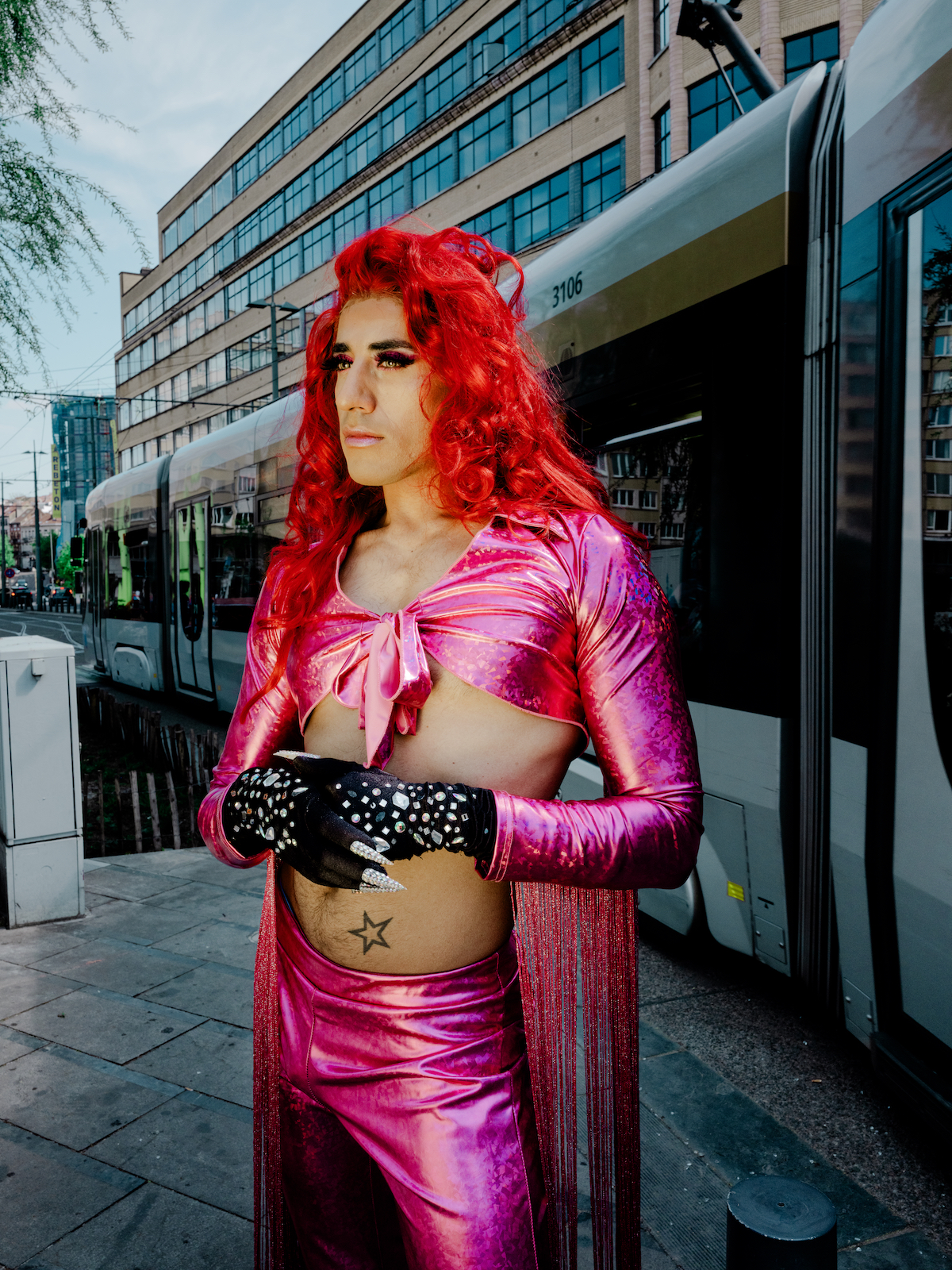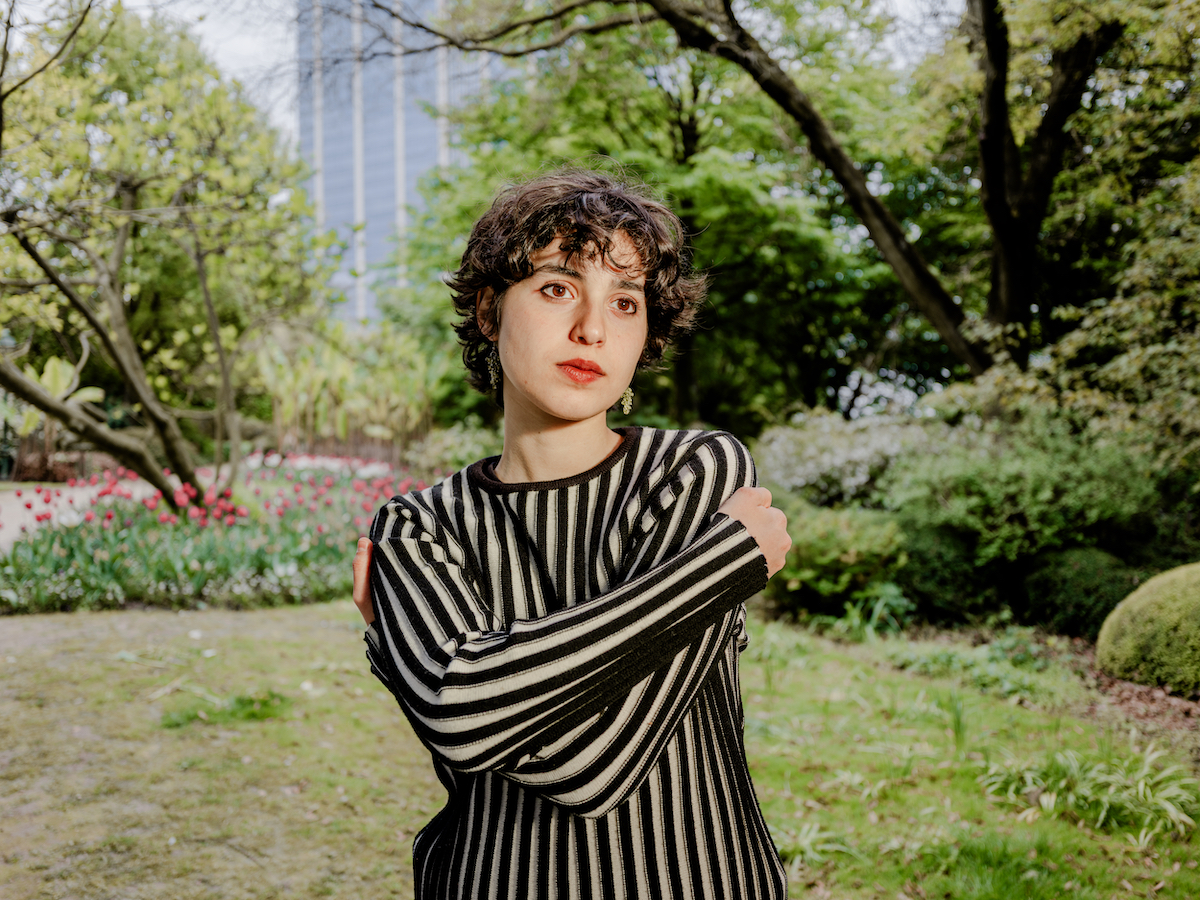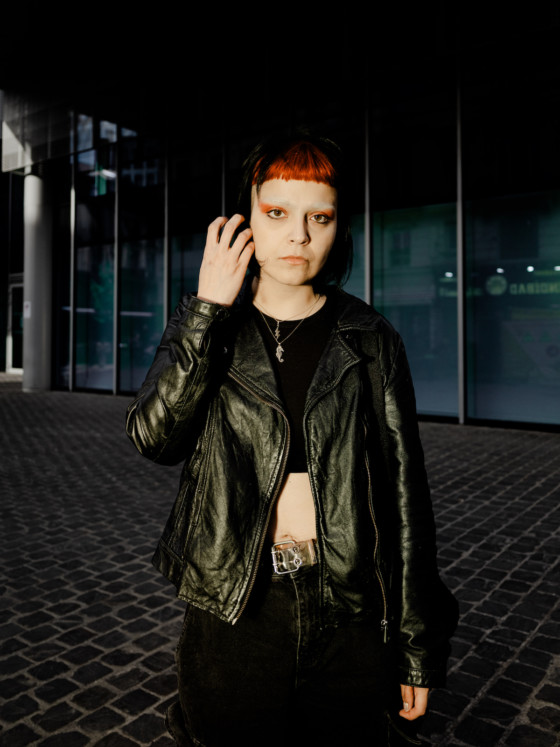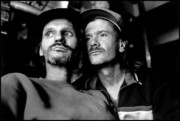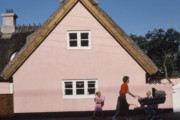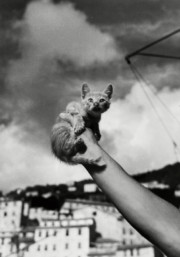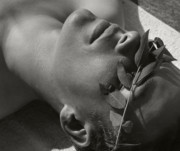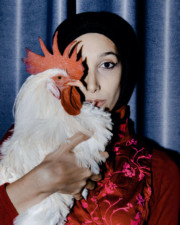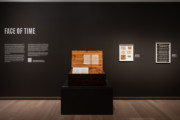Holding Space: Myriam Boulos in Brussels
Myriam Boulos photographs a series of six encounters with people from the Arab world in Brussels, in response to early, unseen color images of Belgium from the Magnum archive
This spring, as part of the “A World in Color” series in partnership with Fujifilm and the Médiathèque du patrimoine et de la photographie (MPP) in Paris, Myriam Boulos explored the unseen Magnum color archives of Belgium. From the thousands of slides from the likes of Harry Gruyaert, Bruno Barbey, Leonard Freed, and many more, she selected a series of 10 previously unseen images depicting public spaces from the 50s to the early 2000s.
In response to her curation in the archive, Boulos then travelled to Belgium to craft a new series in the streets of Brussels, titled “Holding Space.” Focusing on six encounters with people from the Arab world, she flipped the perspective on photographing in public spaces, using a FUJIFILM GFX 100 RF. The series was first revealed, side-by-side with her curation from the Magnum archive, at FUJIKINA Brussels in May.
Myriam Boulos: As I was looking at the unseen images of Belgium, what spoke to me most were the pictures taken in public spaces. I have always been interested in the politics that play out in the public sphere. During my first years as a photographer, I only took pictures at night in Beirut. I think the nightlife is similar to revolutions in general: it’s a way of collectively exteriorizing things we are taught to bottle up.
When the revolution started in Lebanon in 2019, I started taking pictures during the day too. For me it was the first time we were all in the streets together, reclaiming our streets and our bodies (everything that is supposed to be ours).
What struck me the most in the Belgian archive was the human presence in these public spaces, and the relationship between the photographers and their subjects — almost as if the people photographed were part of the scenery. In recent years, I’ve rarely felt the same freedom to photograph strangers in public spaces.
Noticing that most of the archive had been photographed by men from Western countries, I wanted to explore the photographic relationship with the public sphere from the perspective of an Arab woman.
I focused on six magical encounters with people from the Arab world living in Brussels. We explored different ways of existing physically in the city’s public spaces, and more particularly how the body — like photography itself — becomes a meeting point between the worlds we carry inside us and the concrete one we all share.
“My body and I had been strangers for quite a while. I try to find ways to move to help it remember how it was like being a child. There is little difference between who I am when I am alone, with others, or in public. I’m blessed and privileged to feel safe like that. I feel like space is often given to me because of how I look. I want to share that abundance and give more than I take.”
— Khael
“There’s something extremely vulnerable to be a small-sized Arab and lesbian woman in public spaces. (I resist by disrupting people’s perception about my gender, something they shouldn’t even wonder about.)”
— Maryam
“I think everyone masks in public, it helps us to be together alone.”
— Sara
“I feel like a guest in my body—sometimes welcome, sometimes restless. I feel alert in public spaces —sometimes proud, sometimes invisible. I resist by existing loudly. By resting. By holding space for others who feel the weight.”
— Sherine
“Ever since I was little, my grandmother loved showing me photos of blooming trees she took along the highways in Lebanon. Growing up I learned to pay attention to the nature around me, even in the city. Nature is beautiful because it dies and regenerates endlessly. Even when it feels like the world is ending and everything is overwhelming, I find comfort in knowing the trees always make it through, even in the harshest winters.”
— Alma
Discover more from the Magnum, Fujifilm and MPP series “A World in Color” here.


